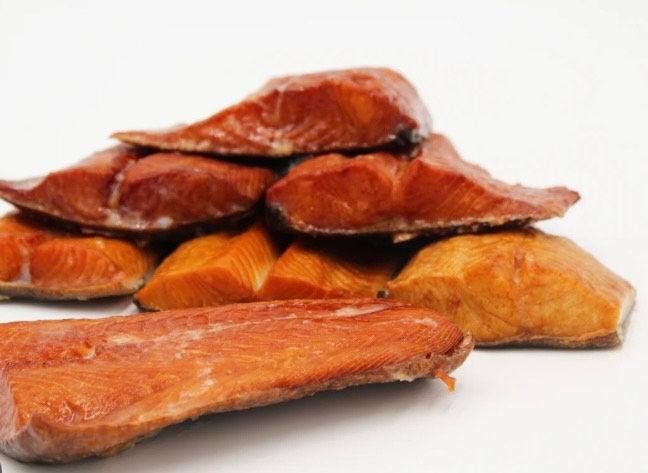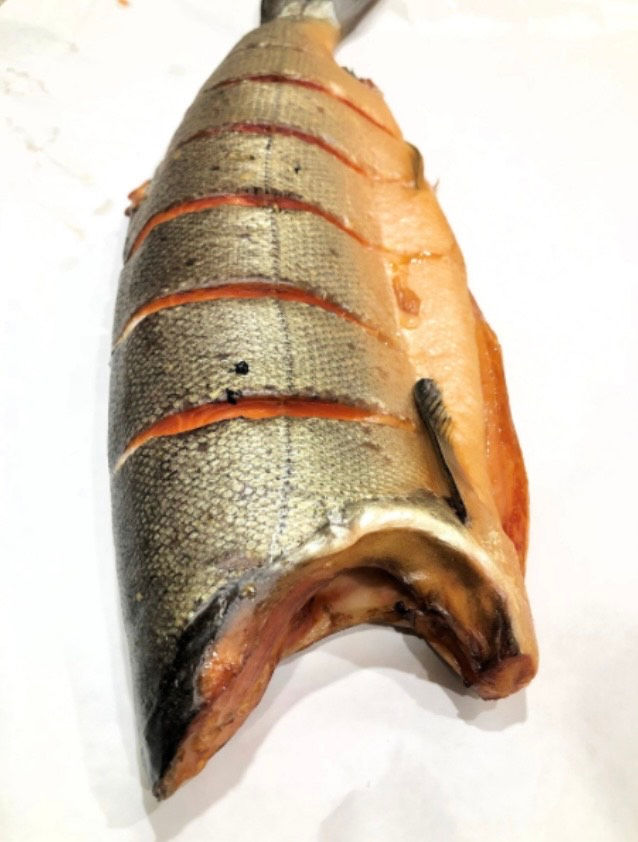Native to Europe and Asia, goldenrod is an herbaceous perennial that is now naturalized throughout North America. Solidago canadensisis a hardy plant that grows in pastures and meadows as well as along mountainsides and roadsides. A member of the Asteraceae family, goldenrod has panicles of many golden flowers and alternating leaves along a single stalk.
Goldenrod was used folk herbalism as a tonic herb and for its affinity for the kidneys, urinary tract, upper respiratory tract, and cardiovascular system. Today, the herb is still employed for many of the same uses.
-100% USA Sourced & Made
-USDA Organic Inputs
-Double Extraction
-Sustainably Wild-Harvested
Think Global BUY LOCAL
-BE THE CHANGE-
Goldenrod Tincture
4. Ethnomedicinal Uses
S. virgaurea has a diversity of medicinal uses in the territories where it is spread. Probably its most widely known ethnopharmacological uses are related to kidney disorders (being often found in teas intended to help pass kidney calculi), urinary tract infections, the overactive bladder syndrome, and prostatic diseases [30,31,32], the urologic uses of the plant going back at least to the writings of Arnold von Villanova (1240–1311) [33]. Traditionally, the aerial parts of the plant have been used for healing and antiseptic properties [9], as well as for the treatment of diabetes, allergies, and gastro-intestinal disorders [8,32]. Likewise, infusions or decoctions prepared from European goldenrod is used in the traditional medicine in many parts of the world for its antibacterial and anti-inflammatory effects [34], including inflammation of the oral cavity and throat, when used as a mouth rinse [32]. Further scientific studies have shown the growing importance of European goldenrod as a source for herbal drugs [35]. In many European countries, the herbal product derived from the species has often been in combination products [9].
4.1. Germany
Hieronymus Bock (1498–1554), one of the first modern botanists in Germany, conjectured that Germanic tribes had been using the plant for medicinal purposes, mentioning that they regarded it as a “miracle herb” (Wunderkraut) [36]. It is believed that the German father of Reformation, Martin Luther (1438-1546), had a good opinion on goldenrod and used it often to care for his physical infirmities [33]. One of the first reports on its diuretic and anti-inflammatory effects are ascribed to the “father of German botany“ (1525–1590), Jacobus Theodorus Tabernaemontanus [37], who stated that it “also cleanses the kidneys and urinary tract of all coarse mucus” [36]. The name Heydnisch Wundkraut (heathen woundwort), employed in the German territories during the Middle Ages for the plant, evokes the healing properties of the herb. Another vernacular German name, Unsegenkraut (curse herb), indicates belief at that time in its magic abilities, in an era where disease was often attributed to witchcraft and metaphysical causes, and indirectly the name might still point towards its potential medicinal properties [38]. In German folk medicine, goldenrod was used for the treatment of urinary retention, kidney stones, and hemorrhoids [36]. Since the middle 19th century, its use was slowly forgotten in Germany, to be revived only relatively recently with the renewed interest for the herbal therapy [36].
Currently, a well-established use is accepted in Germany for inflammatory diseases of the urinary tract collection system, urolithiasis and renal gravel. A variety of extracts are used, particularly dried extracts obtained from the aerial parts (Solidaginis virgaureae herba) using 30–60% ethanol as an extraction solvent [9]. A monograph of the species was introduced in DAB in 2002, which also acknowledged S. canadensis and S. gigantea as valid species, despite certain differences in the spectrum of their phytochemicals [33].
4.2. Czech Republic
The herbal drug obtained from S. virgaurea is included in the Czech Pharmacopoeia 2009 [39]. A drink obtained from the aerial parts of the plant is used as an adjuvant treatment in inflammatory conditions of the urinary system, as well as for the prevention of kidney and bladder calculi [9]. It is not clear, though, whether such uses represent an old Czech tradition, as a Czech paper on the species only cited foreign sources when referring to the traditional medicinal use of the species [39].
4.3. Poland
Traditionally, the infusion prepared of dried aerial parts of S. virgaurea has been used as a diuretic and as an adjuvant in treatment of minor complaints of the urinary tract [9]. In a Polish source, it is stated that raw material of this herb is characterized by diuretic, detoxifying, anti-inflammatory, and bile secretion enhancing properties [35]. A Polish source mentions its disinfectant properties as the most important among the traditional uses, but also its useful effects in accelerating wound healing and in skin care [40].
4.4. Russian Federation
In Russian folk medicine, European goldenrod is used for a variety of conditions, from gallstone disease to indigestion, and from rheumatism to gout. For external use, fresh leaves are recommended in abscesses and boils [41]. Other Russian sources [35,42] state that most common uses of this species include prevention and treatment of various diseases of the kidneys, bladder, and prostate gland (i.e., the traditional use most widely acknowledged in Europe). In the Russian folk tradition, the European goldenrod is also known as a hemostatic and astringent agent, as well as a good remedy for respiratory diseases (tonsillitis, laryngitis, acute respiratory diseases), gallstone diseases, and pulmonary tuberculosis [41].
4.5. Ukraine
The use in tuberculosis is also well established in the Ukraine folk medicine, where the name of the plant, zolotushnik, alludes to its use in decoctions as “a good remedy against scrofula (zolotukha)”, but the plant was also believed to have diuretic effects [43].
4.6. Bulgaria
According to a Bulgarian source, the aerial parts of S. vigaurea L. are used as a diuretic, antihypertensive, and expectorant, as well as in the therapy of renal deficiency and gout [44].
4.7. Romania and the Republic of Moldova
S. virgaurea has a long history of use in the Romanian traditional phytotherapy. The herbal product Solidaginis virgaureae herba has been used in herbal therapy and marketed by specialized outlets since 1990 [45]. Ethnopharmacological uses of this plant are mostly related to maintaining the health of the urinary tract and the normal functioning of the digestive system. Traditionally, it is recommended as a diuretic, saluretic, anti-inflammatory, antiseptic, healing, or a sedative agent. For external use, the most common application consists in administering an infusion or decoction of the aerial parts or blooming tops in the treatment of wounds or ulcers of the oral cavity [46,47]. The external use in rickets, also acknowledged by Romanian traditional sources [48], does not seem to have great benefit, considering the current knowledge of this disease and its causes.
4.8. Korea
The root and aerial parts of S. virgaurea subsp. gigantea (Nakai) Kitam have been used as an appetite stimulant and diuretic in Korean folk medicine, whereas the immature aerial parts are used in the same area as food [49,50].
4.9. China
Decoctions obtained from the whole plant were used for their antibacterial activity, and in respiratory tract infections for its expectorant and anti-inflammatory properties [51].
Precautions
Do not use during acute attacks of kidney stones or other kidney disorders. Persons with allergies to other members of the Asteraceae family should exercise caution. We recommend that you consult with a qualified healthcare practitioner before using herbal products, particularly if you are pregnant, nursing, or on any medications.
Fursenco C, Calalb T, Uncu L, Dinu M, Ancuceanu R. Solidago virgaurea L.: A Review of Its Ethnomedicinal Uses, Phytochemistry, and Pharmacological Activities. Biomolecules. 2020 Nov 30;10(12):1619. doi: 10.3390/biom10121619. PMID: 33266185; PMCID: PMC7761148.











